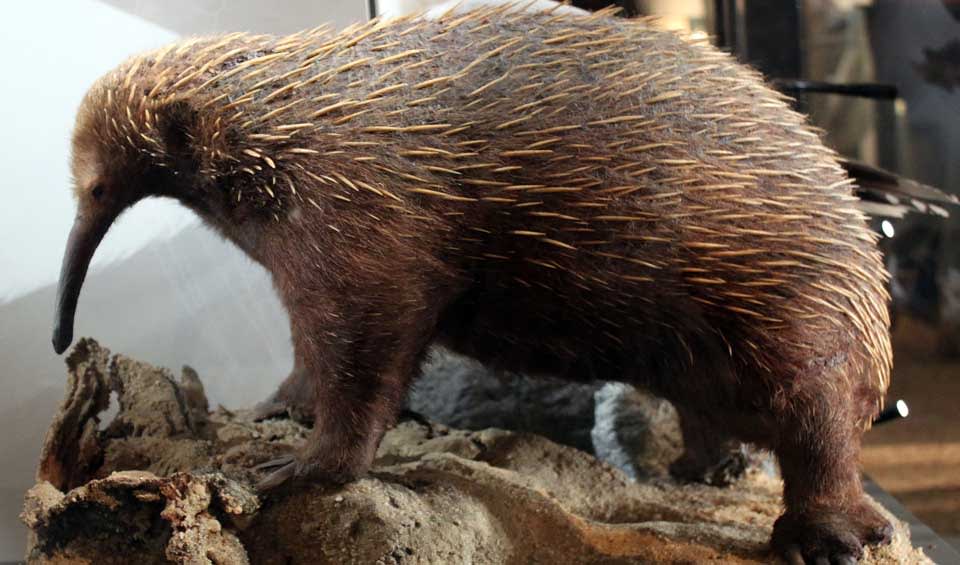Zaglossus – Long-nosed echidnas
One of the most ancient and unusual mammals on Earth
It belongs to a small group of mammals called monotremes, which are very special because they lay eggs instead of giving birth to live young like most other mammals. There are three species of long-beaked echidnas, and they are all quite different from their relative, the short-beaked echidna found in Australia.
One of the most noticeable things about Zaglossus is its long, narrow snout. This snout helps the echidna search for its favorite foods, like worms, insects, and other small creatures that live underground or in the soil. The long-beaked echidna has a long, sticky tongue, which it uses to reach into narrow spaces and pull out its prey. Unlike most mammals, it doesn’t have teeth, so it swallows its food whole.
Zaglossus has a thick, stocky body covered in coarse hair and sharp spines. These spines act as a defense mechanism, helping the echidna stay safe from predators. When threatened, the echidna can curl up into a tight ball, exposing only its spiky back, which makes it hard for predators to attack without getting hurt. These spines, combined with its strong digging abilities, make the long-beaked echidna well-protected in the wild.
One of the most interesting things about Zaglossus is that, like all monotremes, it lays eggs. The female echidna lays one egg, which she carries in a special pouch on her belly. After about 10 days, the egg hatches, and a tiny baby, called a puggle, is born. The puggle stays in the pouch for several weeks, feeding on milk from the mother until it is strong enough to survive on its own. This is a very rare trait in mammals, making the long-beaked echidna quite special.
Species in this genus
Western long-beaked echidna
One of the very few egg-laying mammals left on Earth, along with the platypus
Eastern long-beaked echidna
Rarely seen in the wild, which adds to its legend-like status



